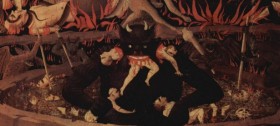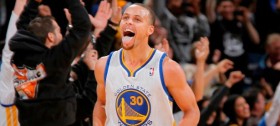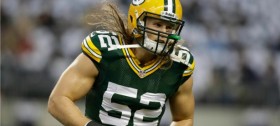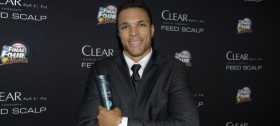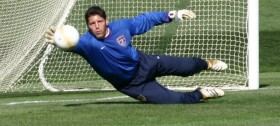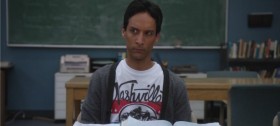Posts tagged Ines Sainz

Ines Sainz Interview
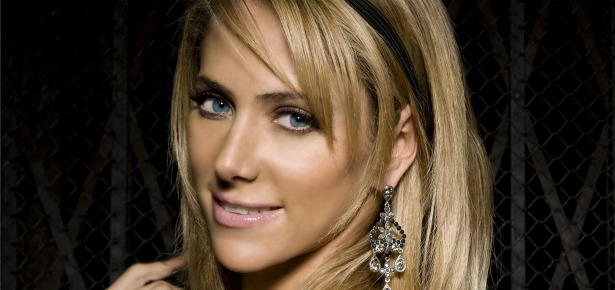
It’s funny how sports lets us talk about cultural themes that we don’t normally discuss in everyday conversation. Let’s take gender equality for example. It’s not really something you talk about on the regular, but when the women’s basketball team at UConn tries to break the all-time NCAA basketball winning streak, the issue becomes a source for water cooler conversation all week. Sports allows us to talk about bigger issues in a totally detached, relaxed and conversational way. Under the umbrella of athletic competition, no topic is off limits. Everything – culture, identity, values, etc. – can be folded in.
That’s why the Ines Sainz/Jets story took on such a life of its own. Sexism and exploitation are interesting topics, but they become much more discussable when wrapped in the easy-going blanket of sports talk.
I’m sure you’ve heard about what happened when TV Azteca reporter Ines Sainz visited a Jets practice back in September. Stories came out that this stunning reporter was subjected to all kinds of disrespectful behavior by the Jets players (and other members of the organization). Balls were thrown her way on the practice field so that players could try to bump into her. There was some lewd behavior reported in the locker room when Sainz was trying to interview QB Mark Sanchez.
Sainz was embarrassed and tweeted about it. Fellow reporters were offended and jumped to her defense. The Association for Women in Sports Media stepped in and filed a complaint with the Jets and the NFL. The story blew up, and Sainz even appeared on Good Morning America to talk about it.
After the story reached critical mass, two opinion camps formed. One camp saw Sainz as a victim of sexual harassment, in the workplace no less. Here’s a woman with an established career as a professional sports journalist who was mistreated by a bunch of chauvinistic, sophomoric football players. Her rights needed to be defended, and the culture of pro football players, with respect to their treatment of women reporters, needed to be changed dramatically.
 The other camp saw Sainz as an opportunist. A sexy bombshell who used her good looks and attention-hunger to exploit a situation for her own gain. I mean what sort of treatment did she expect wearing jeans that tight?
The other camp saw Sainz as an opportunist. A sexy bombshell who used her good looks and attention-hunger to exploit a situation for her own gain. I mean what sort of treatment did she expect wearing jeans that tight?
After speaking with Sainz, I believe that there’s a lot of gray area to explore between these two opinion camps. Ines Sainz is a lot of things. She’s a wife, a mother, an international sports personality and a former Miss Spain. Sainz’s journalistic approach may be a bit cheeky, but she’s not just some bimbo journo. She’s articulate, engaging and experienced. Sainz has interviewed over 300 athletes in her career, guys like Peyton Manning and Lionel Messi, Roger Federer and Jerry Rice. She’s covered all kinds of sports events from around the world. Super Bowls, top tennis matches, multiple World Cups. Stuff like that.
Is she gorgeous? Unquestionably yes. Is she a victim of sexual harassment? She’ll be the first one to tell you no. When I asked her if she felt mistreated by the Jets players that day at practice, this is what she said:
“No, I didn’t feel like they were not treating me well. I went there, I did my job. I had the chance to make my interview when I arrived at the locker room. Evidently, the moment [in the locker room] wasn’t the best. But it wasn’t as rude as people think because – as I said many times – I just hear things like ‘Senorita Bonita’ or ‘I want to be Mexican’ or something like that. Probably, Latin women, we are kind of used to men that say something nice to us. But it wasn’t anything offensive or sexual even. I think that it’s lean, the line that you can cross between being nice and always friendly and, I don’t know, cat calls I think they call it. So I truly believe that in this particular moment, it wasn’t a bad thing. Everything was not with the intention to disturb me,” she said.
One woman’s compliment is another woman’s sexual harassment. So was it all an overreaction?
Dec 22nd







